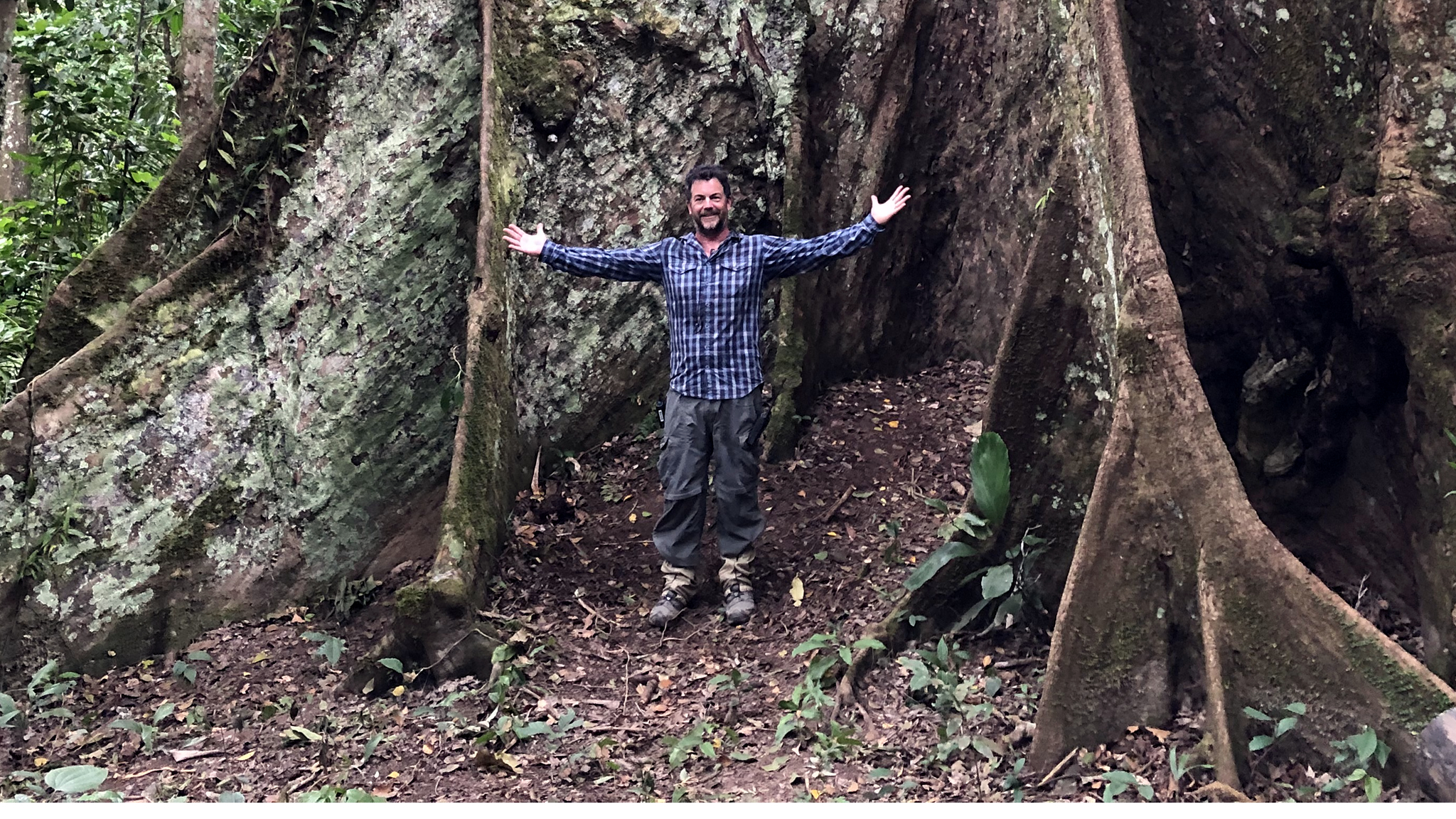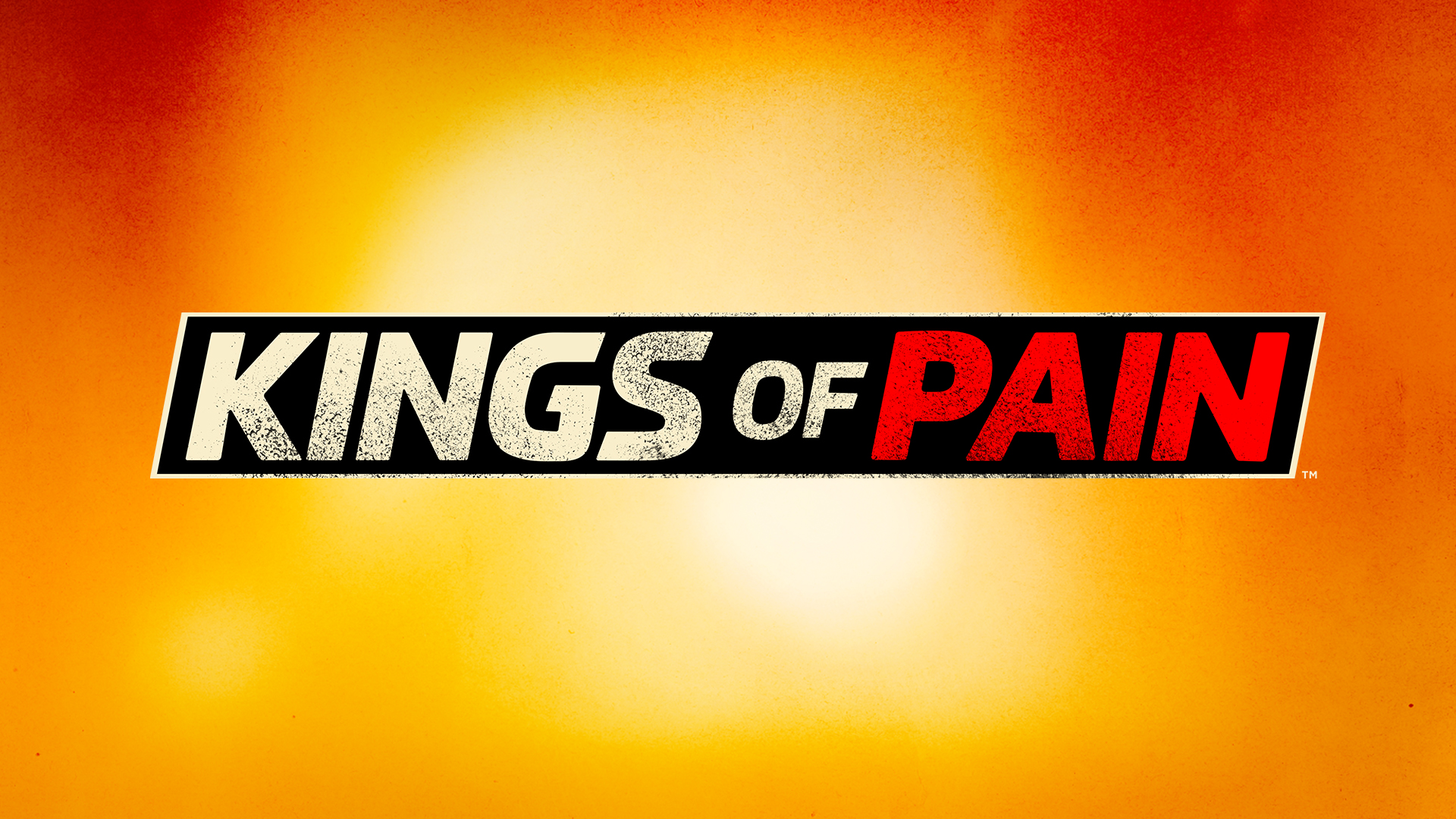When wildlife biologist Adam Thorn and professional animal handler Rob Alleva traveled the world in search of fearsome creatures like pythons, piranha and scorpions—and allowed those creatures to inflict their painful bites and stings—it wasn’t just about the bro dare. Sure, there was adventure searching for the animals. And definitely some gnarly moments when stinger or teeth met flesh. But behind it all was a quest to contribute to the science and understanding of pain.
We spoke with David Carr, executive producer of HISTORY’s new show “Kings of Pain,” to find out about the research that inspired the show and what precautions were taken to protect man and beast alike.
HISTORY: A lot of people are probably wondering: What on earth inspired the idea to develop a series about two guys running around the world to get bitten and stung?
I got brought into this project in the beginning, when there was talk about developing a show about measuring pain induced by animals. That led us directly to the work of famed University of Arizona entomologist Justin Schmidt and his book The Sting of the Wild, which documented his research getting stung by more than 80 different insects, and then measuring the pain of all that.
How did the idea evolve from there?
What we realized pretty quickly is that while Dr. Schmidt’s work is amazing, it’s only for insects, and it only has a pain index ranging from 1 to 4. So for the show we came up with an index that measured pain in three ways: intensity, duration and damage, each on a scale of 1 to 10. Then we added those up and created a composite score between 1 and 30. We thought breaking it down this way might give a more complete picture of how to measure pain.
Why? How could that be used?
Pain is such an under-researched thing. Everyone can relate to it. When you go to the hospital, they just ask you to rate your pain from 1 to 10. For us, that’s just the intensity part of our scale. We felt it would bring so much more information to add in the elements of duration and damage.
Was Dr. Schmidt involved in the series?
We actually got Justin on board before we started shooting. To my surprise, he said he wished he’d done what we were hoping to do: measure not just intensity, but also duration and damage. He’s been an amazing inspiration all the way though. I’m hoping this show spurs more people to explore his work.
How were the animals chosen?
I asked Adam and Rob for their bucket lists. Ultimately, it was a combination of what the two guys wanted to do, what I was interested in from doing my own research and what our animal expert said.
How did you ensure every species was safe during shoots?
For creatures, we never took them far from their habitats and returned them immediately. We also had an animal consultant who came on every shoot and additionally, hired local biologists and animal handlers everywhere we went. It was a real team effort to handle the animals and keep them safe.
We also had a venom expert, Dr. Benjamin Abo, medical director of Venom One in Florida, the country’s premiere snake-bite treatment unit. He is also an EMS physician and paramedic. We never let the guys do anything without his approval.
How long did you wait between each bite or sting to ensure it was safe for the guys to move on to the next?
I almost always scheduled a day off after a bite or sting to give the guys recovery time—and also for the venom to do its thing, so we could accurately measure the damage and duration factors.

